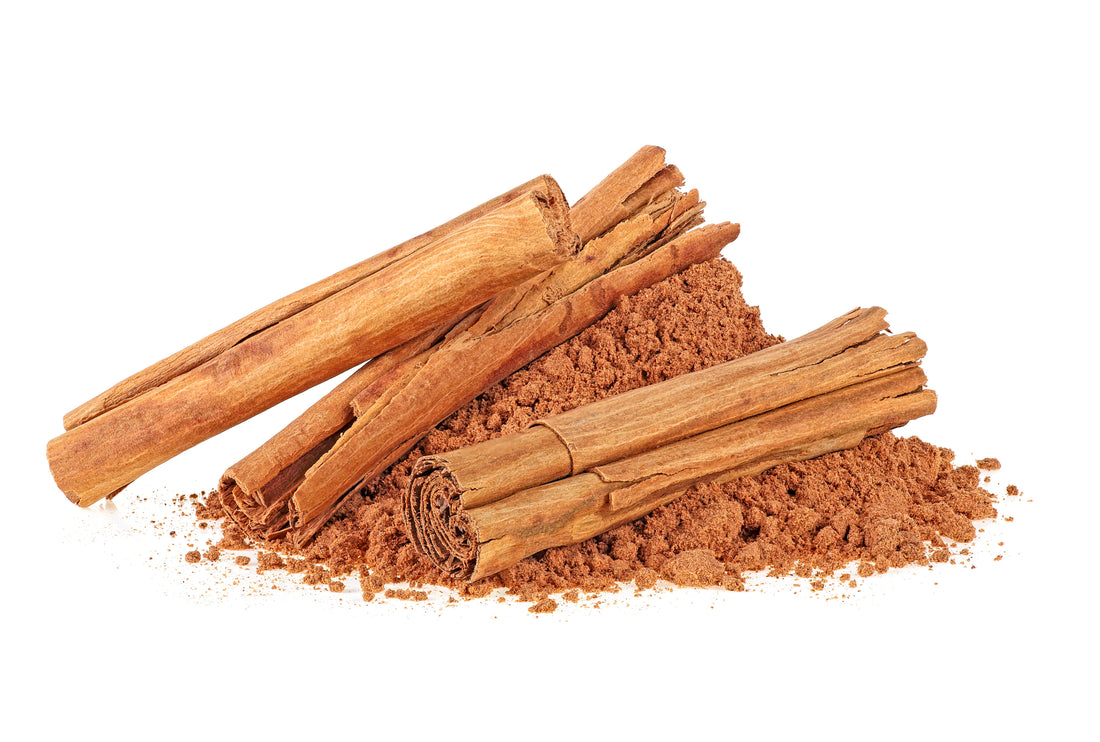
The Origin of Ceylon Cinnamon: Sri Lanka’s Golden Bark
Where Cinnamon Truly Began
Long before cinnamon was a kitchen staple, it was a closely guarded treasure of Sri Lanka. Native to the island’s tropical southwest, Ceylon cinnamon or Cinnamomum verum grew wild in dense forests. Locals knew its sweet bark wasn’t just a spice; it was medicine, ritual, and inheritance.
Arab traders first encountered this fragrant bark around 1,000 BCE. But instead of revealing its true source, they spun tales of mythical creatures guarding cinnamon trees in uncharted lands. The goal? To keep the location and the profit secret. Meanwhile, in Sri Lanka, generations quietly perfected the art of cultivating, peeling, and curing what would become one of the world’s most sought-after spices.
Ceylon Cinnamon’s Rise in the Global Spice Trade
As early empires craved exotic flavors, Sri Lanka’s cinnamon became one of the most expensive and mysterious goods on Earth. In ancient Rome, cinnamon was burned at funerals of emperors and used in perfumes and sacred rituals. But no one outside a small circle of traders knew it came from Ceylon.
That changed in the 16th century, when Portuguese explorers arrived on the island. Recognizing the value of true cinnamon, they colonized the region and monopolized its trade. The Dutch followed, and later the British, each ruling power exploiting cinnamon for commercial gain while refining its global reputation.
Today, even with mass-produced cassia dominating grocery stores, true Ceylon cinnamon remains the gold standard in culinary and wellness communities around the world.
What Makes Ceylon Cinnamon Unique
Not all cinnamon is created equal. Most of the cinnamon on store shelves is cassia, a cheaper, darker, and more pungent relative grown in countries like Indonesia and China. Ceylon cinnamon, by contrast, has a lighter color, softer texture, and a subtly sweet, citrusy flavor.
There’s also a health difference: cassia contains high levels of coumarin, a compound that can be harmful in large doses. Ceylon cinnamon contains only trace amounts, making it the safer, preferred option for daily use.
But perhaps the biggest difference is craftsmanship. In Sri Lanka, harvesting cinnamon is still done by hand. Skilled peelers carefully strip the bark, roll it into delicate quills, and dry it under the sun, continuing a tradition that dates back over 2,000 years.
A Cultural Heritage Preserved in Every Quill
Cinnamon isn’t just a crop in Sri Lanka; it’s part of the cultural identity. The town of Matara, nestled along the island’s southern coast, is known as the heart of Ceylon cinnamon production. Families who’ve worked with cinnamon for generations pass down their skills, ensuring the spice is cultivated sustainably and ethically.
This artisanal approach isn’t just about quality, it’s about respect for the land, the plant, and the people. When you choose Ceylon cinnamon, you’re choosing a spice that has been lovingly handled from tree to quill.
Bringing the Story Home
At Organic Spice Shop, we source true Ceylon cinnamon directly from Sri Lanka’s heritage growers, ensuring quality, authenticity, and fair-trade practices at every step. When you add a pinch to your tea, oatmeal, or curry, you’re not just enhancing flavor. You’re honoring a rich legacy rooted in the tropical forests of an island that changed the spice trade forever.
